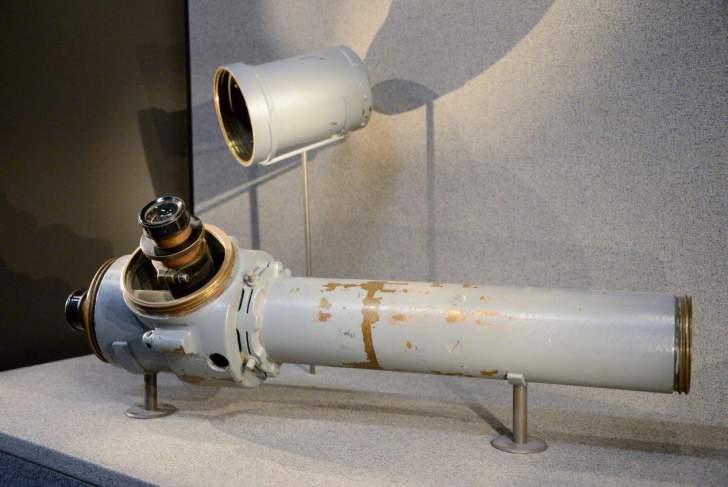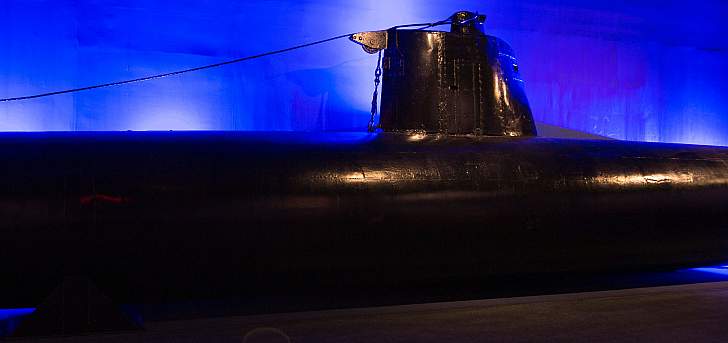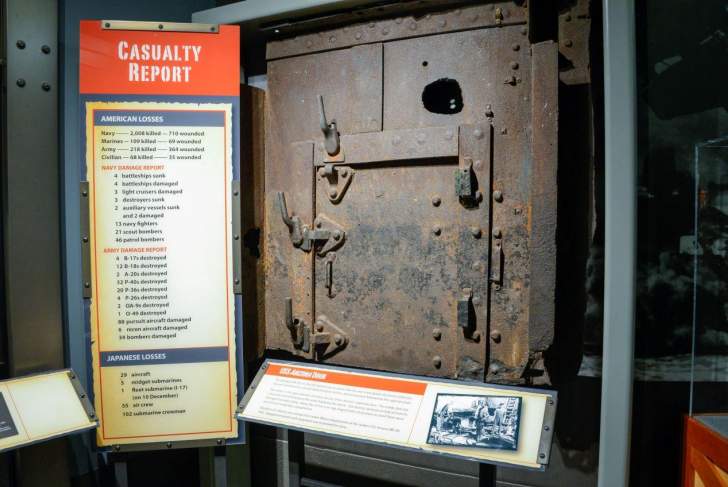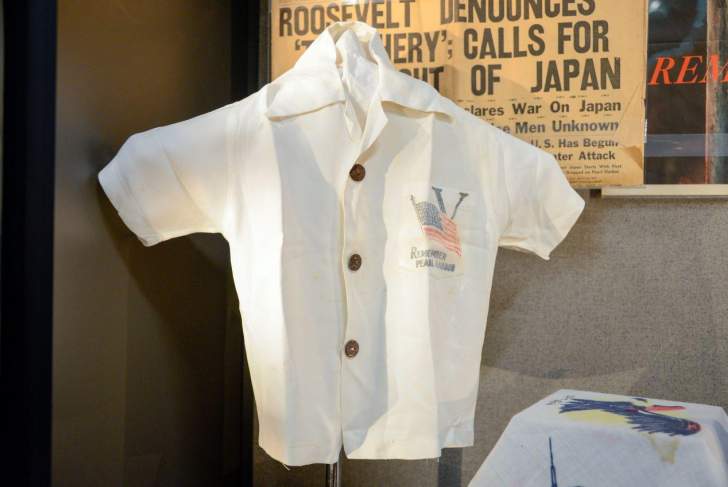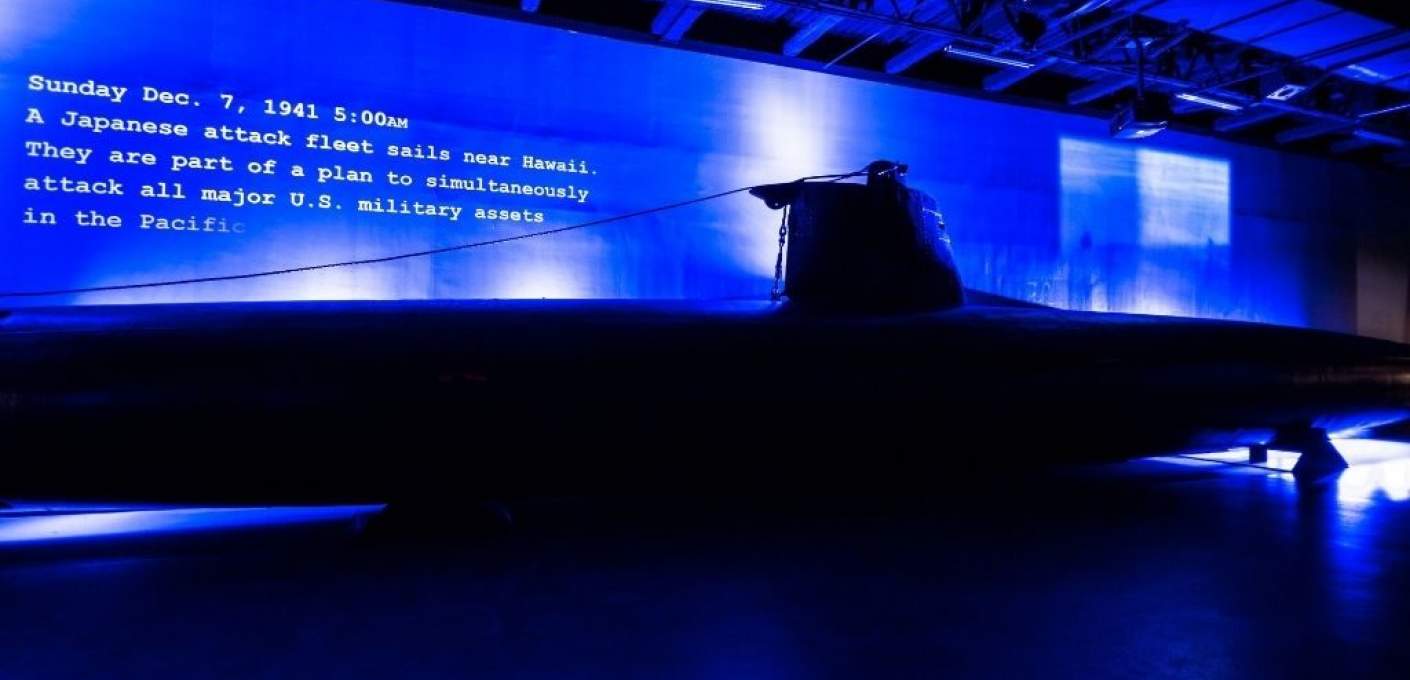
Permanent Exhibit
Pearl Harbor Exhibit
This exhibit is a part of our permanent collection and can be seen with our General Admission tickets.
Overview
Although America officially took no sides in the war, their policies and foreign aid made them a target to the Axis powers of World War Two. In 1941, the Japanese attacked the American base at Pearl Harbor. This exhibit tells the story of the attack on Pearl Harbor and how it brought our nation into the war.
US responded to Japanese aggression in Asia by cutting off their oil trade. Japan sent diplomats to America, but officials were already planning an attack on the US. They hoped to cripple the American military and demoralize their citizens before the US could enter the war raging in Europe and Asia.
This plan backfired.

Pearl Harbor October 1941, photo from the National Archives
The Japanese bombed Pearl Harbor at 0750 on 7 December 1941. America was taken completely by surprise. The attack itself lasted less than two hours but caused extensive damage. Instead of discouraging the Americans, the attack united them in support of President Roosevelt, who declared war on Japan and Germany and officially brought the US into World War Two.

